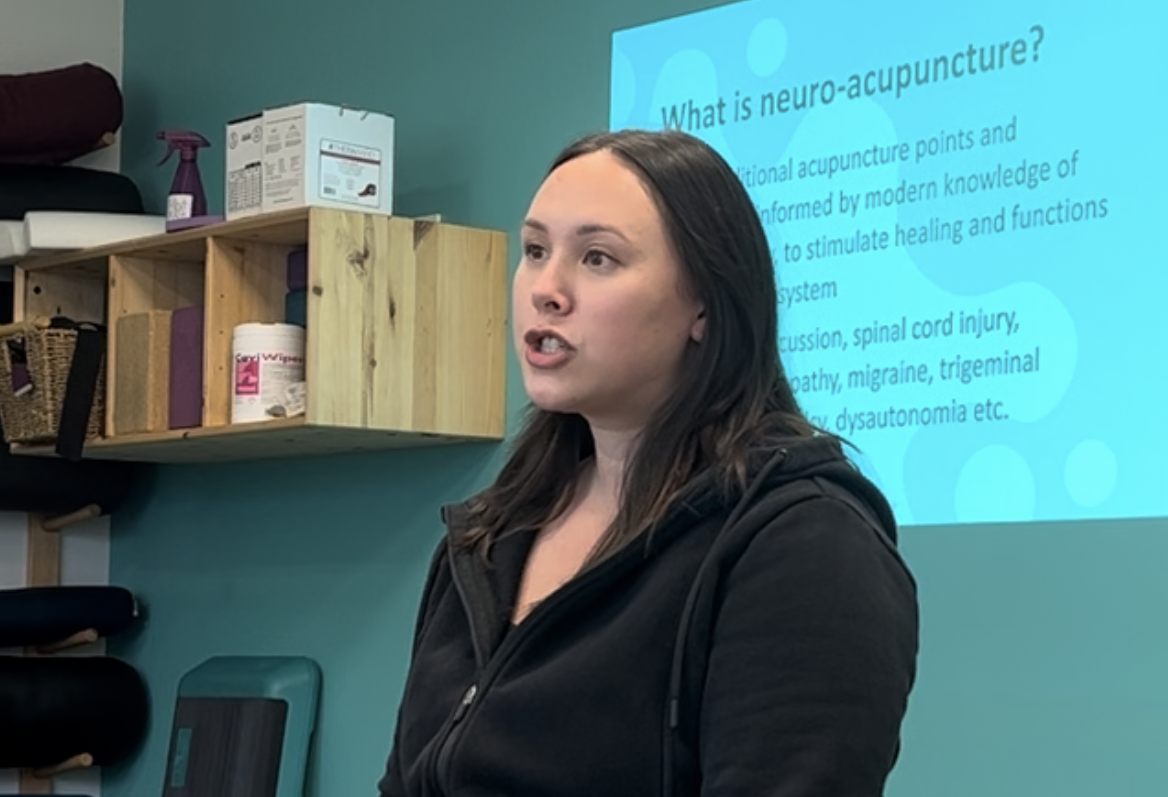Here are three key insights into how neuro-acupuncture effectively stimulates healing and restores balance in the nervous system.
-
Neuro-Acupuncture Provides Natural Pain Relief
Neuro-acupuncture is highly effective in managing pain by activating nerve endings that promote the release of endorphins, the body’s natural pain-relieving chemicals. It also reduces inflammation and regulates blood flow to affected areas, making it a powerful tool for managing conditions such as nerve pain, migraines, and neuropathy. By stimulating specific nerve pathways, neuro-acupuncture not only alleviates pain but also promotes healing. -
Neuro-Acupuncture Supports Brain Rewiring
Neuro-acupuncture has a unique ability to influence how the brain processes signals by promoting neuroplasticity, which helps restore brain connectivity following injury or illness. By targeting specific areas of the brain, it can improve neural communication, making it an effective treatment for conditions like multiple sclerosis (MS), concussions, and stroke recovery. This capacity to rewire neural pathways explains its broad use in treating a range of neurological and mental health disorders. -
Neuro-Acupuncture Regulates Nervous System Imbalances in Dysautonomia
Neuro-acupuncture plays a crucial role in balancing the autonomic nervous system (ANS), particularly for those experiencing dysautonomia, where the autonomic nervous system becomes dysregulated. The sympathetic nervous system controls the “fight or flight” response, while the parasympathetic system governs “rest and digest” functions. When these systems fall out of sync, neuro-acupuncture can help calm an overactive sympathetic response and enhance parasympathetic activity. This regulation promotes relaxation and healing, making it a natural and effective treatment for managing dysautonomia symptoms.
After experiencing a traumatic brain injury treated with a medically induced coma as a teen, Jennifer Midlane (Registered Acupuncturist) has a life long passion to support people with neurological conditions through acupuncture.
References:
Fan, A. Y., et al. (2017). Acupuncture’s role in solving the opioid epidemic: Evidence, cost-effectiveness, and care availability for acupuncture as a primary, non-pharmacologic method for pain relief and management. Journal of Integrative Medicine, 15(6), 411-425. https://doi.org/10.1016/S2095-4964(17)60378-9
Hamvas, S., et al. (2023). Acupuncture increases parasympathetic tone, modulating HRV: Systematic review and meta-analysis. Complementary Therapies in Medicine, 72, 102905. https://doi.org/10.1016/j.ctim.2022.102905
Yang, Y., et al. (2023). Application and underlying mechanism of acupuncture for nerve repair after peripheral nerve injury: Remodeling of nerve system. Frontiers in Cellular Neuroscience, 17, 1253438. https://doi.org/10.3389/fncel.2023.1253438




